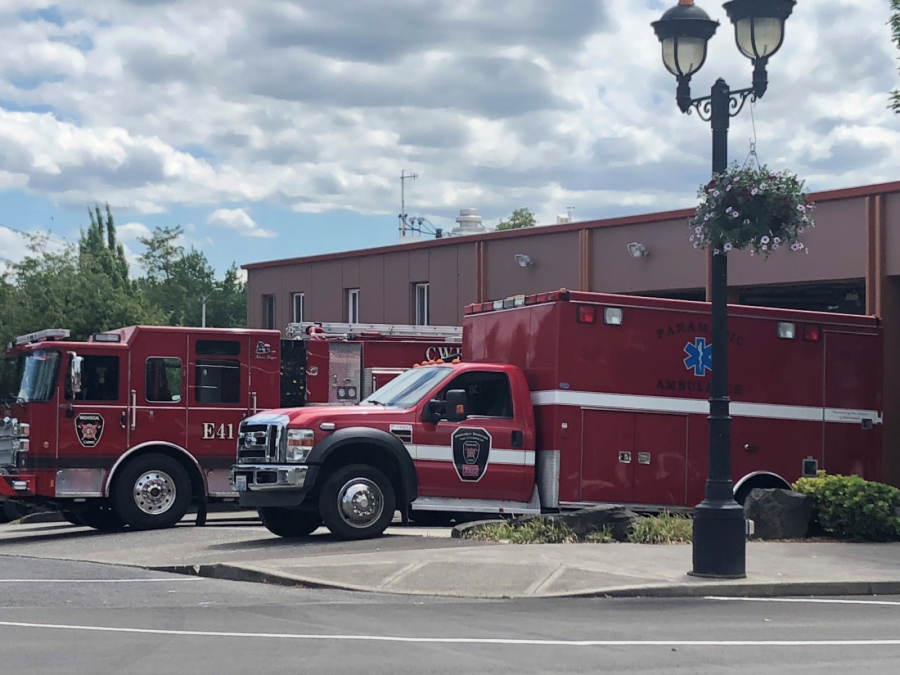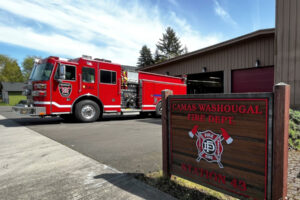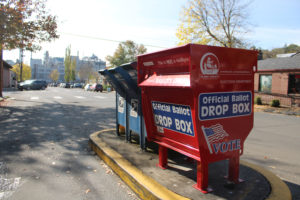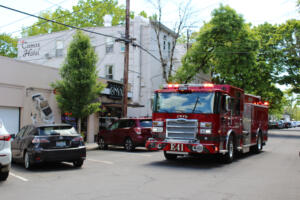Nearly two years after a consultants’ report showed the Camas-Washougal Fire Department (CWFD)’s downtown Camas-based fire station headquarters, Fire Station 41, would not withstand a major earthquake and should be replaced sooner rather than later, Camas officials are set to consider a contract with a Battle Ground architectural firm that would get the ball rolling on Station 41’s eventual replacement and possibly re-siting.
CWFD Fire Chief Cliff Free explained during the Camas City Council’s July 17 workshop that replacing the CWFD Station 41 headquarters — one of three critical fire station needs noted in an October 2021 report by Mackenzie, an engineering and architectural firm with offices in Vancouver, Portland and Seattle — would eventually require at least 51% voter approval of a bond measure to pay for the station’s rebuilding and possibly relocation away from its current site next to Camas City Hall.
First, however, Free said, the city will need to hire a consultant to help find the best site for the new station and help educate the public about the city’s need for a new fire station headquarters and about the pros and cons of the preferred sites.
Free presented the Council with a contract for roughly $148,000 with the Battle Ground-based Johansson Wing Architects for the first two phases of the four-phase Station 41 replacement project.
The “proposed project is the initial efforts to find a suitable site for a new CWFD Station 41 in the city of Camas, including community outreach, preliminary station programming, preliminary site and station design and eventual bond support services,” Karl Johansson, of Johansson Wing Architects, stated in the introduction of his company’s estimate presented to the Council July 17.




